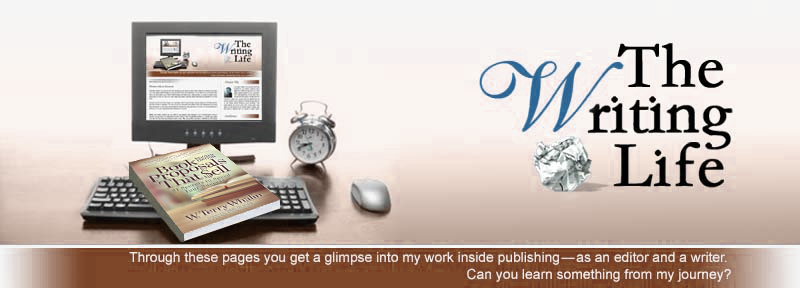Editor's note: Yesterday and today, I'm honored to introduce you to Brad Phillips, the president of Phillips Media Relations, a media and presentation training firm with offices in New York City and Washington, D.C. I was fascinated with the insights in these two excerpts from his new book, The Media Training Bible.
By Brad Phillips
Imagine you’re the communications director for Hartown Manufacturing, a midsize company based in California. You’re responsible for all communications in the western United States.
One morning, you arrive at work and log in to your Twitter account. You’re scrolling through the rather dull tweets when you suddenly see one that takes your breath away: “Breaking News: Major Explosion at Salt Lake City Hartown Plant.”
Within minutes, dozens of people are tweeting about it, spreading rumors along the way. Some eyewitnesses claim they’ve seen ambulances pulling away with dozens of victims. One claims a plant supervisor has been killed. You call a colleague who works at the plant who tells you that no one knows whether anybody was badly hurt—and that no ambulances have arrived yet.
You immediately post that accurate information to Hartown’s social media pages. Journalists who follow your feeds see your posts and decide against reporting any of the rumors they’ve read about possible injuries or deaths until you confirm them.
That type of scenario is commonplace in the age of social media, and it underscores three important truths:
- The public and the press may learn of a crisis affecting your company through their social media networks before you even know there’s a problem.
- People will begin discussing (and speculating about) your crisis before you’ve had time to obtain the facts.
- You need to use your social media channels to immediately correct misinformation and establish yourself as a primary source of accurate information.
Most reporters now use social media as an essential tool of crisis reporting. As Jane Jordan-Meier reported in The Four Stages of Highly Effective Crisis Management, “Two journalists I spoke with saw Twitter as the new police scanner.” You can no longer afford to relegate social media to being of secondary importance.
Communicate through your social media networks as quickly as possible, ideally within half an hour of learning about an incident. You can include links to lengthier statements and additional resources in your posts.
There’s one additional way to help manage a crisis using social media: be engaged with your social networks before a crisis strikes. You’ll need fans to defend your integrity when something goes wrong, and few people are more credible than the unaffiliated third parties who voluntarily vouch for you.
Case Study: Domino’s Pizza & a Disgusting Video (V)
In 2009, an employee of a North Carolina Domino’s franchise filmed a coworker sticking cheese up his nose before appearing to send the food out for delivery. The two workers uploaded the video to YouTube, where it quickly racked up a million views. Television anchors showed the disgusting clip on their newscasts and customers stopped ordering pizza.
Company president Patrick Doyle waited two days before finally responding. He issued a two-minute YouTube apology, in which he appeared genuinely pained by the incident. He was deservedly given credit by many crisis management professionals for releasing the heartfelt video— but most suggested that he waited too long and incurred unnecessary financial and reputational damage by waiting 48 hours.
Mr. Doyle’s response was noteworthy for one additional reason: it was the first time a major company president used YouTube as the primary method of responding to a crisis.


Labels: Brad Phillips, journalism, journalist, media, social media, The Media Training Bible, Twitter, YouTube
 When you see a television interview, watch it carefully and you will see that some people have short, easy-to-digest answers while others tend to ramble. Also you will observe some people always manage to slip into their conversation about their key point or their new product without being offensive.
When you see a television interview, watch it carefully and you will see that some people have short, easy-to-digest answers while others tend to ramble. Also you will observe some people always manage to slip into their conversation about their key point or their new product without being offensive.































